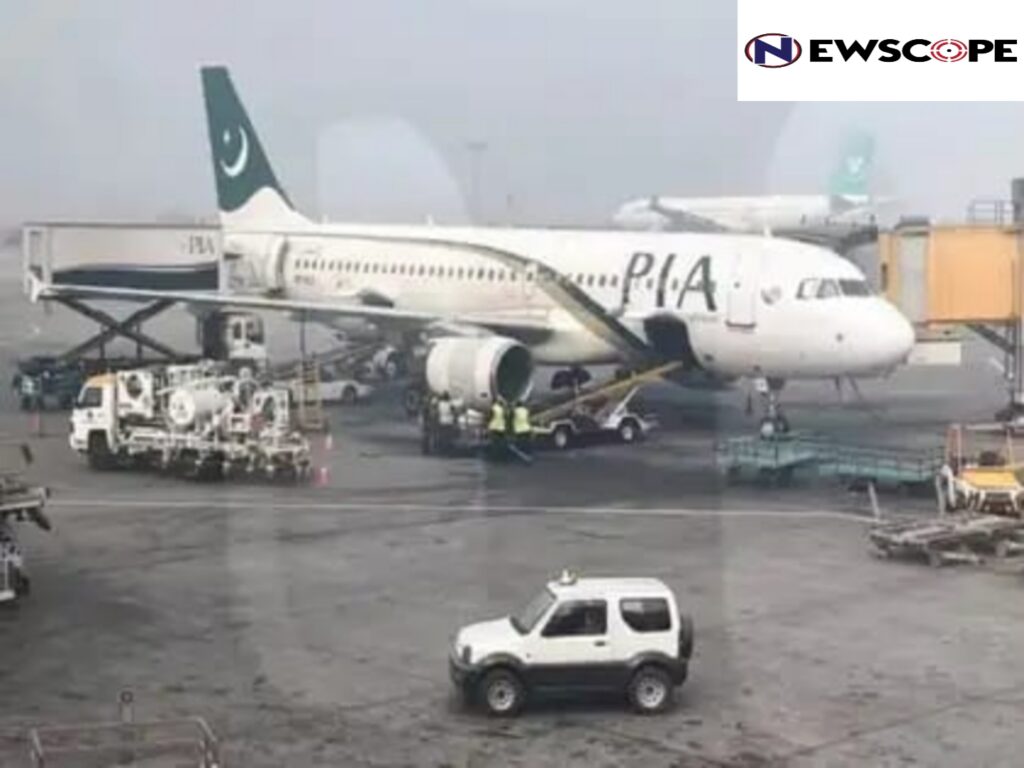India and Pakistan have extended their mutual airspace bans for each other’s airlines until July. The closure was imposed following the Pahalgam terror attack that killed 26 people. The airspace bans are a defining part of the broader diplomatic standoff. It is to be noted that there has been no formal dialogue since the Pahalgam attack and India’s Operation Sindoor strikes. As stipulated by the International Civil Aviation Organisation, airspace bans can have increments of only a month.
Pakistan first closed its airspace to Indian aircrafts on April 24 as a retaliatory move against India suspending the decades long Indus Waters Treaty. India reciprocated on April 30, barring Pakistani airlines, including military flights, from its airspace. The latest NOTAMs (notice to airmen) issued by both nations confirm the extension. Both nations extended the ban to 5:29 am IST.
The airspace closures significantly impact Indian airlines. Approximately 800 weekly flights are affected by longer routes, increased fuel costs, and scheduling conflicts. Airlines like AirIndia have even had to suspend flights to central Asia as bans by Pakistan as well as airspace bans exacerbated by Iran Israel conflict have put those regions outside of the reach of their operational fleet. Air India CEO Campbell Wilson has revealed that the airline has encountered increased cost per flight due to these bans. Airlines have had to maneuver around banned airspaces that added anywhere from around 15 minutes to a couple of hours to flight time. India seems to have taken a worse hit by the bans as Pakistan’ international airlines PIA has minimal disruption due to its limited international operations. PIA operates just 6 international flights to and from the Malaysian capital. Indian airlines have lost around ₹700 cr.



